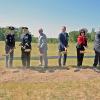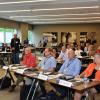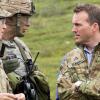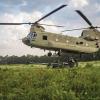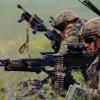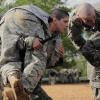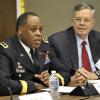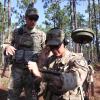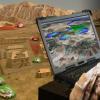As reported in the September issue of AUSA News, the Association’s monthly newspaper for members will transition to an exclusively digital publication in early 2017.
Like the printed edition, the AUSA News digital edition will be available online to all AUSA members and will continue to tell “The AUSA Story” and “The Army Story.”
AUSA officials have announced the following schedule for the transition:
- The October, November and December AUSA News will be printed and mailed to your mail box.
- The January, February, and March News will be printed and mailed to your mail box AND also be formatted...



